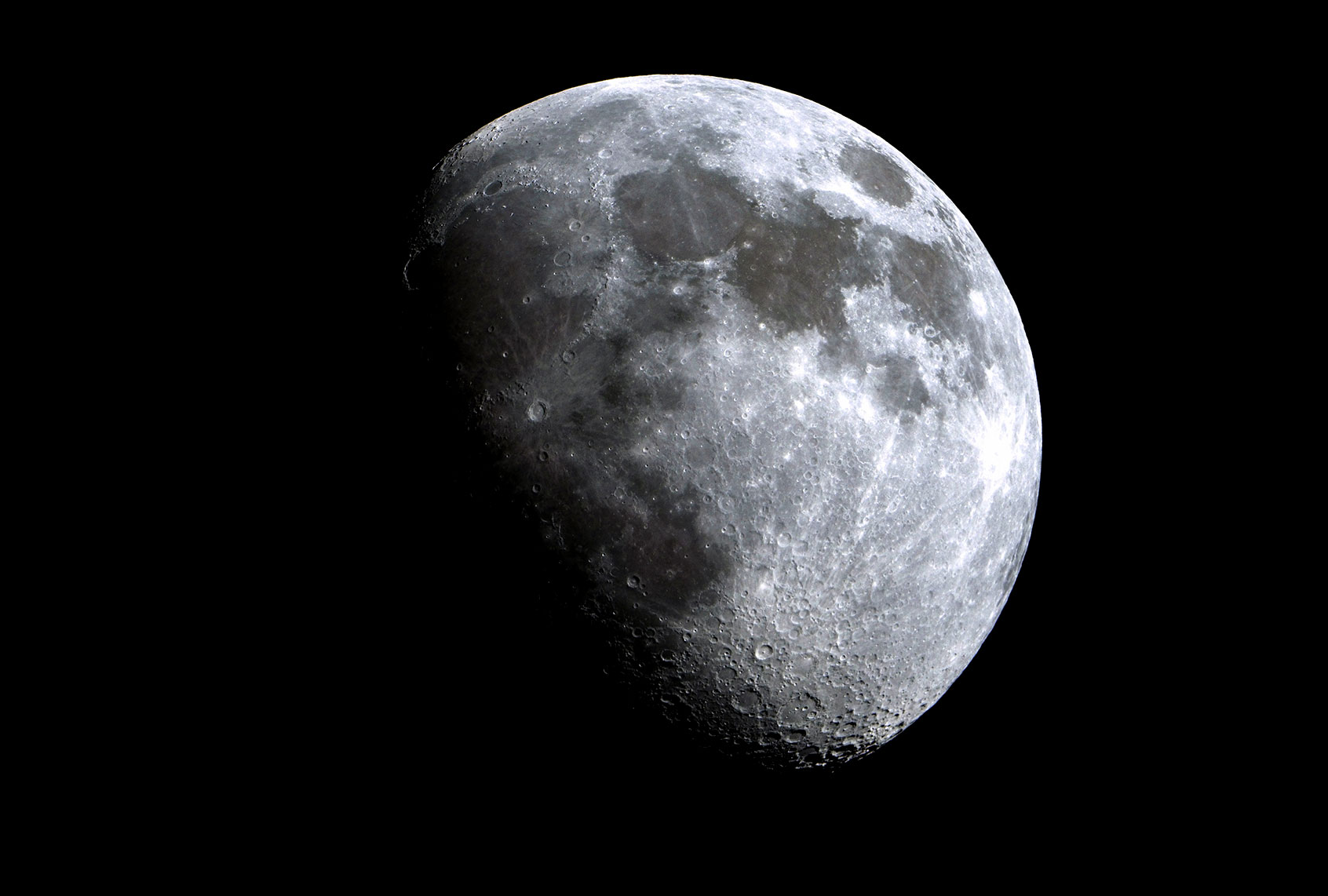With the exception of a few Moon landings, as far as Earth-bound life is concerned, our closest neighbor has remained utterly lifeless for as long as we’ve known. As our species overheats and pollutes the planet (but at least can make some entertaining movies about it), our celestial companion has presumably remained as dead as the very Cold War that started the Space Race.
At the core of all these theories is a simple fact: The area in the lunar South Pole region has conditions that could potentially sustain life.
Yet there are some scientists who believe that when our species visited the Moon between 1969 and 1972, they may have left microbes behind them that have survived, such as during the Apollo 17 mission, the last such expedition to put human beings off-planet. Other scientists also speculate that small pieces of Earth (so-called “Earth meteorites”) may have collided with the Moon and brought microbial colonizers with them. Either way, they all agree on one thing: When the next human lunar landing takes place in 2025 (assuming everything with the Artemis 3 mission goes according to plan), they may not be the only life forms around.
The core of all these theories relies on a simple hypothetical: The area in the lunar South Pole region has conditions that could potentially sustain life. Though extremely cold and bleak, there are microorganisms on Earth that can survive in similar temperatures. Consequently, any microorganisms brought to the Moon and inadvertently left behind by the United States during its Apollo missions could still be there, surviving. The same is true for any microorganisms that might have journeyed from Earth to the Moon after being blasted into space by a major collision. Finally, there is the chance that when an unmanned Israeli lunar lander called Beresheet crashed, it accidentally released thousands of tardigrades, some of these animals (among the toughest known to live on Earth) may have survived there.
“We’re currently working on understanding which specific organisms may be most suited for surviving in such regions and what areas of the lunar polar regions, including places of interest relevant to exploration, may be most amenable to supporting life,” Prabal Saxena, a planetary researcher at NASA’s Goddard Space Flight Center in Greenbelt, Maryland, told Space.com. NASA currently is looking at 13 potential locations around the lunar South Pole for a landing site.
Want more health and science stories in your inbox? Subscribe to Salon’s weekly newsletter The Vulgar Scientist.
If extraterrestrial life is ever discovered, it is far more likely to resemble the squiggly blobs that schoolchildren observe under microscopes than real little green men sporting antennae.
Heather Graham, an organic geochemist at NASA Goddard who’s also a member of the study team, told the website that some hypotheses are being regarded as more plausible than others. And the chances that microbial life on the Moon is from another planet or galaxy is a lot less likely than Earthlings left a grubby mess behind.
For example, hypothetical survival microbes on “Earth meteorites” would likely be found in lunar craters — and yet Graham explained that “while extraterrestrial transfer of organic molecules from meteoritic sources is very likely, and indeed observed in our own terrestrial meteorite analysis, the transfer of microbes from similar sources does not have the same weight of evidence” as the hypotheses involving direct human transfer of those microbes.
“We will soon have 50 years of history of humans and their objects on the surface with no stringent requirements regarding forward contamination,” Graham explained to the website, referring to the transfer of life and other forms of contamination from Earth to another celestial body. “We view humans as the most likely vector given the extensive data that we have about our history of exploration and the impact record as a second, albeit less influential, early terrestrial source.”
Although the Moon is currently receiving a lot of attention as a potential habitat for microbial life — as Futurism put it, “it’s a tantalizing possibility” — it is hardly alone. In fact, if extraterrestrial life is ever discovered, it is far more likely to resemble the squiggly blobs observed under microscopes rather than literal little green men sporting antennae.
For instance, although Mars is frequently singled out as the planet in our solar system most likely to either have or previously have had life, those organisms would have almost certainly been microbial because of the red planet’s unique history. In the words of Dr. Seth Shostak, a senior astronomer at the SETI (Search for Extra-Terrestrial Intelligence) Institute who spoke with Salon in 2021, “you can safely assume it never got past the stage of making bacteria — single-celled organisms.” The reason, quite simply, is that “the food supply was probably not adequate and there wasn’t enough time. Mars went bad rather quickly. Within a billion years after the birth of Mars, Mars was probably not a great place to live unless you were a bacteria.”
(One theory contends that those microbes may have rendered Mars uninhabitable due to their own form of climate change — namely, that caused as they would have belched out gases in a process known as methanogenesis.)
If you look to Earth’s other side at the planet Venus, you will find yet another planet where potential life — if it is there — would almost certainly be in microbial form. There are some scientists who speculate that Venus could have life living within its dense cloud system. In 2020, there was even a brief pulse of hope that life had been confirmed when scientists believed they had detected phosphine, a gas that on Earth is inextricably linked with anaerobic bacteria. Subsequent research revealed that the earlier data had been unintentionally faulty.

